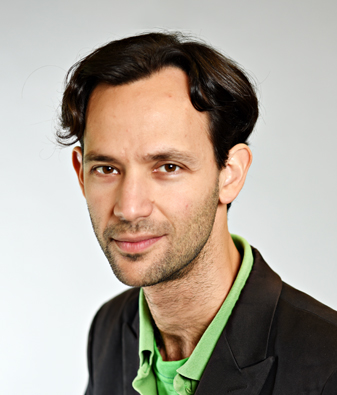A team of researchers, building on the powerful artificial intelligence (AI) tool AlphaFold2, has resolved a long-standing debate about the three-dimensional structure of certain types of proteins. The insight could lead to a better understanding of the role played by these proteins in disease and to the development of new drug treatments.
Proteins are the tools of life. They are long molecules comprising strings of amino acids, folded into three-dimensional structures according to a strict set of rules. The myriad of different structures enable proteins to perform their functions. Within organisms, from bacteria to humans, they transport molecules, act as catalysts for chemical processes, operate as valves and pumps, and much more.
AlphaFold2 is an AI system which over the past five years has predicted the three-dimensional structure of some 200 million proteins. This breakthrough in solving the decades-old “protein folding problem” has great potential for making advances in, among many fields, understanding disease and developing new treatments.
However, even AlphaFold2 has been unable to determine whether sections within certain proteins, known as intrinsically disordered regions (IDRs), have any structure at all, much less predict the shape of that structure.
“This has been a long-standing debate amongst biochemists and molecular biologists – whether IDRs have fixed structure or whether they’re just ‘floppy’ parts of proteins,” says Alan Moses, a computational biologist and professor in the Department of Cell & Systems Biology in the Faculty of Arts & Science. Moses is a co-author of the paper, Systematic identification of conditionally folded intrinsically disordered regions by AlphaFold2, describing the research, recently published in the journal Proceedings of the National Academy of Sciences.

Moses’ co-authors include Reid Alderson, a postdoctoral researcher with the Medizinische Universität Graz (MUG) and a former postdoctoral researcher at U of T; Julie Forman-Kay, program head of molecular medicine at the Hospital for Sick Children and a professor in U of T’s Department of Biochemistry in the Temerty Faculty of Medicine; Desika Kolaric, a research assistant at MUG; and Iva Pritišanac, an assistant professor at MUG and former postdoctoral fellow in Moses’ lab.
“We confirmed that AlphaFold2 still can't predict the structure of IDRs very well, but what it can do is tell us which IDRs are likely to have some structure, something that was previously impossible,” says Moses.
The result is significant because AlphaFold2 wasn't trained to predict structures in IDRs and IDRs were not included in its training data. “It's like AI being trained to drive a car, and then trying to see if it can also drive a bus,” says Moses. “It can't drive the bus all that well, but it can recognize that someone should be driving.”
The team is also the first to do it systematically for all the proteins in humans and other organisms. “So, for the first time we believe we know how often it is happening,” says Moses. “This is important because biology is full of exceptions. We need to know what’s common and what’s exceptional.”
The development of this powerful and unexpected application of AlphaFold2 demonstrates the power of using AI to solve the protein folding problem and will improve researchers’ understanding of IDRs and their role in disease.
“In the IDRs that AlphaFold2 predicts to have some structure, we’ve shown that mutations are far more likely to cause disease than mutations in other structureless IDRs,” says Moses. “This is an important advance in understanding how mutations in IDRs can cause disease which is generally not well understood. We now believe that many of the mutations are disrupting the structure somehow.”
“What’s more, because AlphaFold2 predictions are already available for all proteins, now we can say for the first time how many IDRs across the tree of life have structure,” says Moses. “Our paper shows that bacterial IDRs are much more likely to have structure than human and animal IDRs. As far as we know, this is the first time this has been noticed and it may settle the ongoing debate about whether most IDRs have structures or not.”

